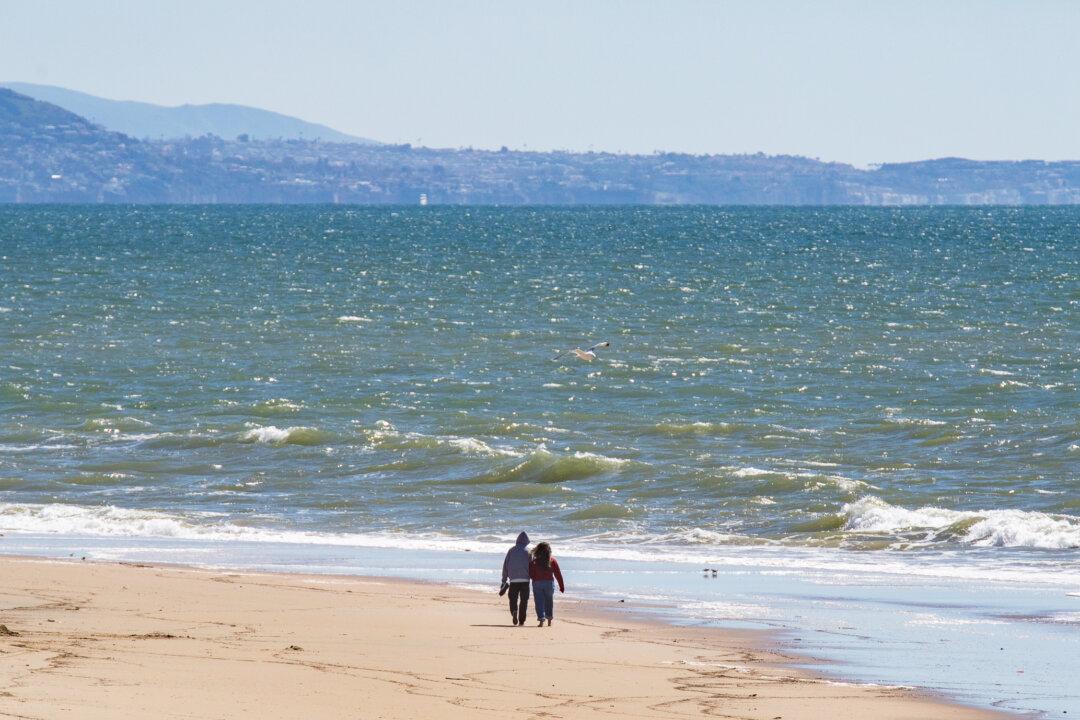Heal the Bay’s annual “Beach Report Card,” released a couple of weeks ago, assigned letter grades to hundreds of beaches across the West Coast.
The report card has been an annual release for the past 33 years and advises tourists and residents on which beaches to visit and which ones to avoid.





